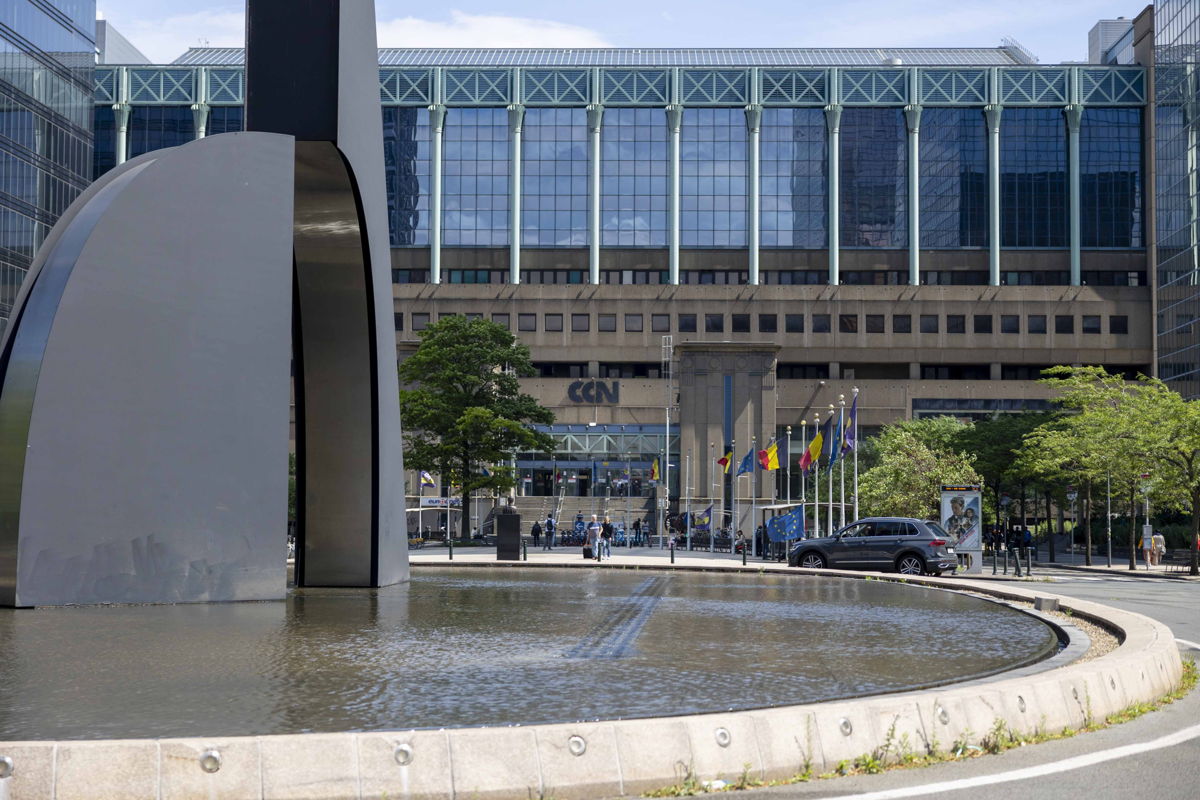Brussels has taken a decisive step towards the redevelopment of the Northern Quarter to make it more liveable for residents.
The Brussels-Capital Region is implementing a plan to reverse the Manhattanisation of the area from the 20th century, which turned it into a concrete jungle dominated by office buildings with a lack of green and common spaces.
"The Northern Quarter still bears the traces of its past," said Ans Persoons, Brussels State Secretary for Town Planning and Heritage. The Brussels Regional Zoning Plan (GBP) determines whether a certain area should constitute a residential, green or industrial space.
In the late 1970s, such a plan was created for the area surrounding the region's North Station, designed with the idea of transforming the working-class Northern Quarter of Brussels into a vast modern business district – modelled on American skyscraper cities. At least 12,000 people lost their homes amid promises of a new prosperous era for the Belgian capital.

The towers in the North quarter of Brussels. Credit: Belga/ Benoit Doppagne
The zoning plans focussed on designating buildings for offices and shopping complexes, while the public space was tailored to car users commuting for to work, and then leaving for their homes outside this district or the region.
Making people stay
While many businesses and offices are still located in the area, the regional government is looking to upgrade the residential function to make it a vibrant district, as well as be given a new name, where people can stay beyond working hours.
"We want to do so not only by increasing the number of homes, but also by building parks and streets, by adding shops and cafés, sports and other infrastructure," Persoons added. However, the metamorphosis of the neighbourhood was not possible under the outdated Zoning Plan, which propagated a purely monofunctional vision of the city.
For this purpose, the Brussels government recently approved the amendment of the Special Zoning Plan "Westside of North Station" to allow for the construction of more mixed-use developments. The plans include a new focus on creating housing, public spaces with plants and trees, commercial and catering establishments as well as public facilities.
It also imposes that the soon-to-be-demolished former CCN building, which will be replaced by four towers with squares around them, should provide for at least 500 homes.

Plans for the new Proximus Towers. Credit: Immobel
The North Train Station is also at the heart of redevelopment plans. The regional government plans to make it into a "true multimodal transport hub," while the façade of the old building, which is currently stuck to the former CCN building, will be rendered visible again. The ground floors of office spaces can now also be converted into restaurants, bars and shops to attract more footfall.
The amended plans would also allow the current Proximus towers to be transformed into a residential block with an office tower for Proximus, for which works will begin at the end of 2024.
Several other public and private initiatives are currently also being implemented to accelerate the transformation of the Northern Quarter, including the Direction Plan of Construction (RPA) Maximilian-Vergote, a large-scale "metropolitan" project that will link the canal to the centre of Brussels through an urban park and the opening of the renovated Victoria Tower.

